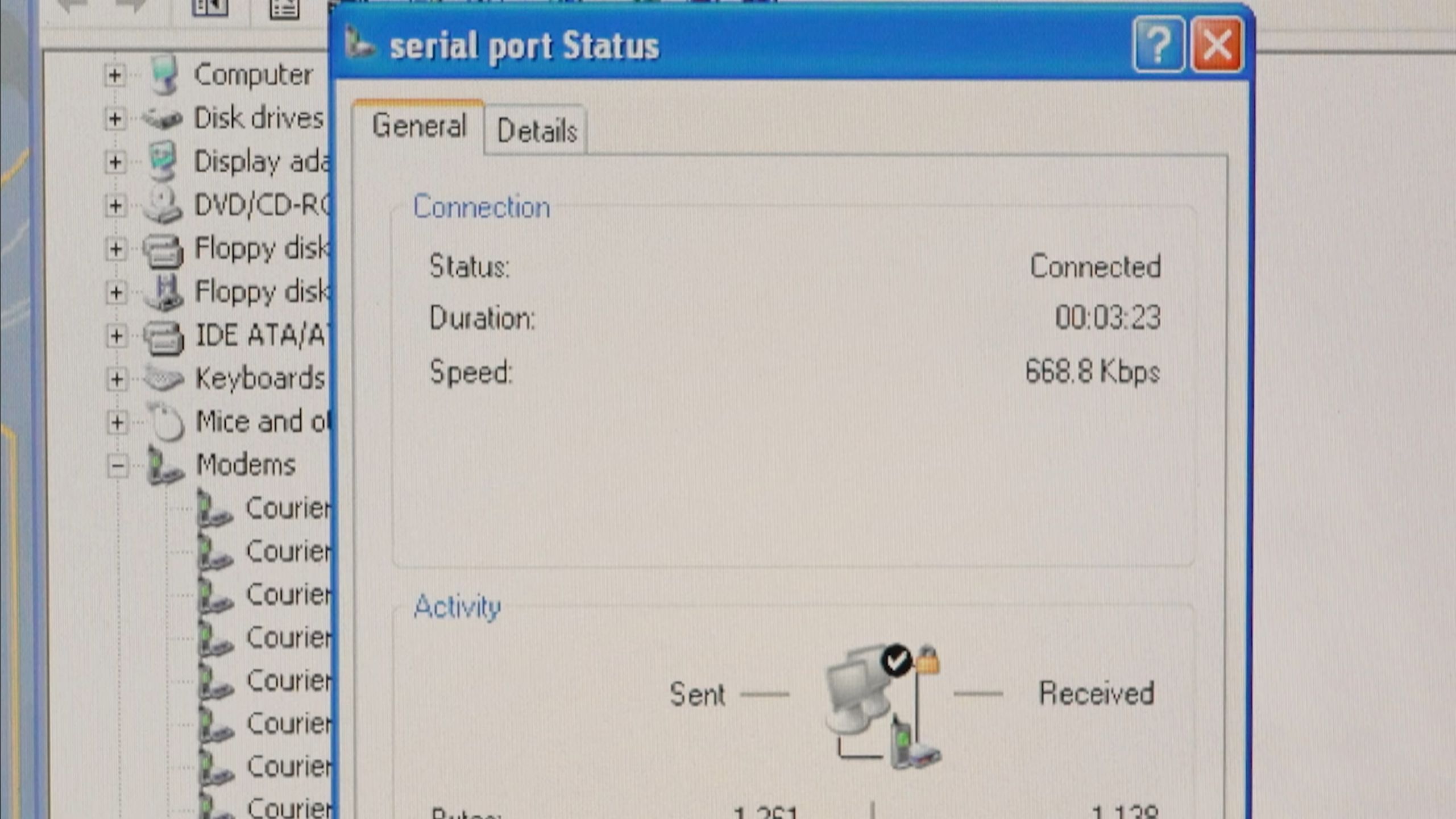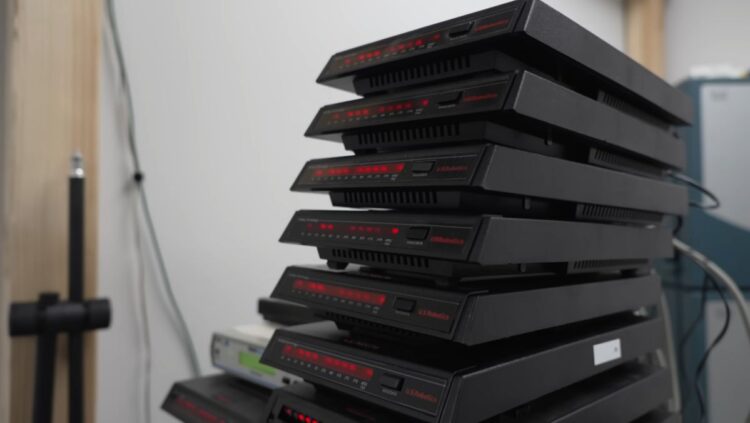It wouldn’t surprise us in the least if, in 2025, the current generation of young adults didn’t know or understand the pains many pre-broadband era folks (this writer included) experienced in using a dial-up modem to access the internet. For YouTuber The Serial Port, they decided to pay homage to the medium of internet delivery of the late 90s and early millennium. How? By streaming a YouTube video via dial-up internet.
Okay, so here’s what really happened. In a case of what we can only assume is morbid curiosity, The Serial Port set out to perform a feat that no one else in this day and age would even consider doing, and that is the aforementioned act of running a video using dial-up modems. Yes, that’s the plural for more than one.

Basically, their quest saw them setting up an era-appropriate Windows XP PC, getting a VoIP unit, some serial port packing PCI cards, and a dozen 56K modems, all bonded via Multilink PPP (MPPP) technology. To provide some context: back in the day, the US FCC defined a “high-speed” connection as 200 Kbps or higher. In this modern era, that definition is recognised as having speeds of 100 Mbps or higher.
For another matter, using 56K dial-up modems then was a trade-off: because it used a house’s direct phone line, connecting to the internet meant you couldn’t take any calls, lest you wanted to disconnect yourself from the internet.

Ultimately, the exercise wasn’t in futility – The Serial Port did manage to fire up all 12 56K modems, scaling them from two modems to 12 after loads of troubleshooting, and a doinkload of phone line connectors. The final speed that they were able to achieve was 668.8 Kbps, which actually allowed them to load and stream YouTube videos, without any buffering in sight.
But here’s the interesting part: at the end of the video, The Serial Port said that they haven’t found a limit to the MPPP. In other words, we could expect the channel to make another post in the near future, with probably more than a dozen modems at that point. Only time will tell if that becomes a reality.
(Source: The Serial Port via YouTube, Tom’s Hardware)


